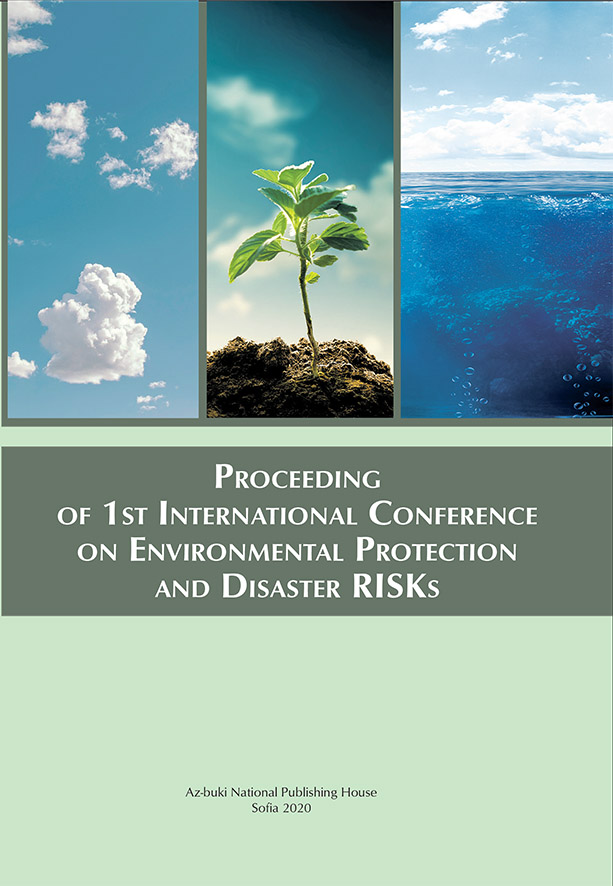Relationship between Particulate Matter and Health Indicators for Acute Morbidity in Sofia
Relationship between Particulate Matter and Health Indicators for Acute Morbidity in Sofia
Author(s): Petar Zhivkov, Alexander Simidchiev
Subject(s): Economy, National Economy, Supranational / Global Economy, Business Economy / Management
Published by: Национално издателство за образование и наука „Аз-буки“
Keywords: particulate matter; acute morbidity; health indicators; PM10; PM2.5
Summary/Abstract: The objective of this paper is to assess the relationship between fine Particulate Matter (PM) concentrations and health indicators for acute morbidity. The methods used are linear correlation and non-parametric correlation analysis of a time series study conducted in Sofia from 1 January 2017 to 31 May 2019. Data from 4 local health sources that cover hospital admissions and all Emergency Medical Aid registrations from Sofia's population of 1.3 million. Results were obtained: The mean daily PM10 concentration was 35 μg/m3 with a range from 5 to 336 μg/m3. The mean daily PM2.5 concentration was 11.7 μg/m3 with a range from 2 to 136 μg/m3. In 15.3% of the times, the daily PM2.5 or PM10 concentrations did not meet the WHO Air Quality Guidelines target during the study period. At these excesses, acute infections of the upper respiratory tract and pneumonia increase by 47% and 60%, respectively. COPD increases with 36%, there are also changes and acute bronchitis. Conclusions: The findings provide a justification that exceeds the concentrations of PM10 and PM2.5 were significantly associated with indicators of acute morbidity in Sofia.
- Page Range: 181-194
- Page Count: 14
- Publication Year: 2020
- Language: English
- Content File-PDF

